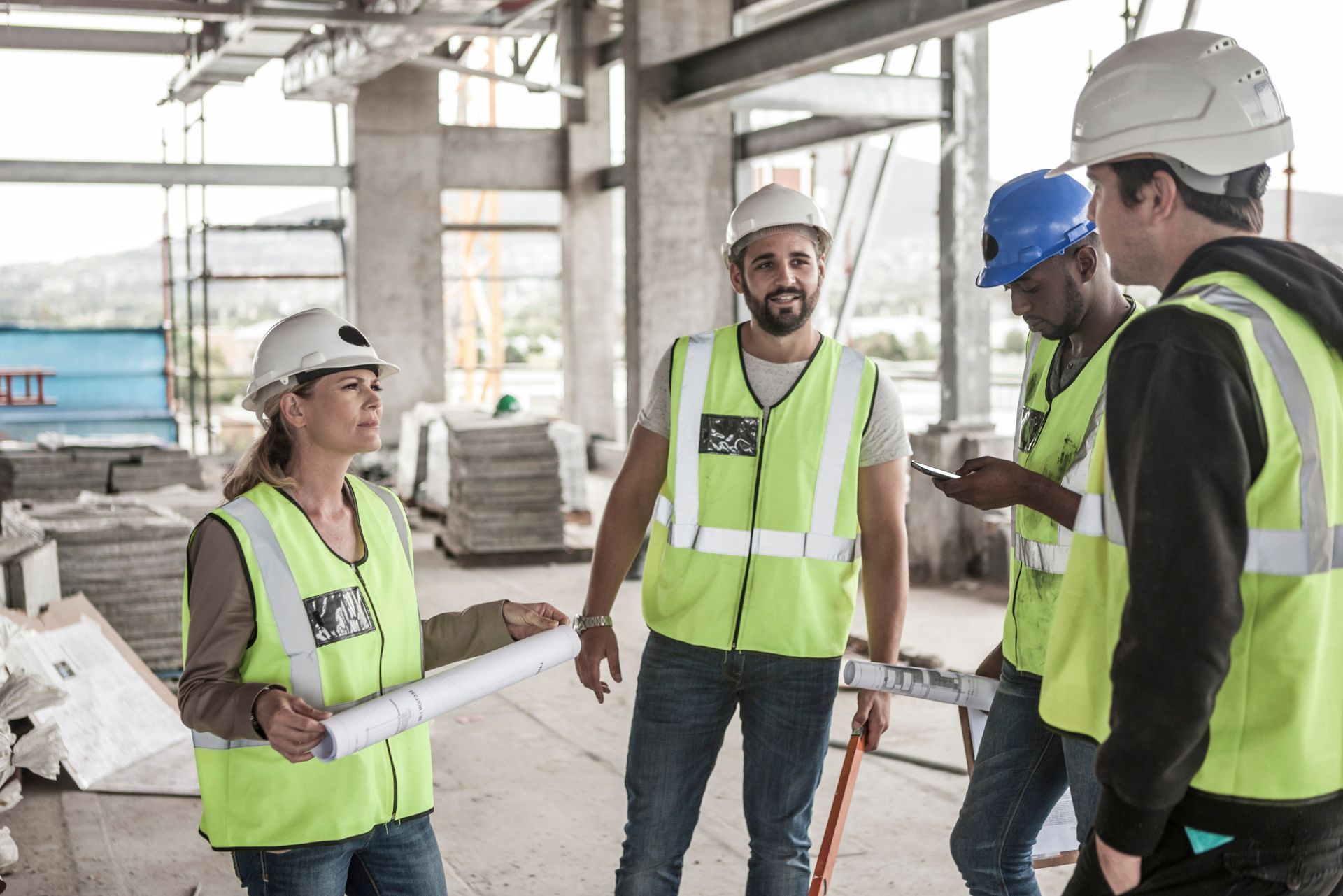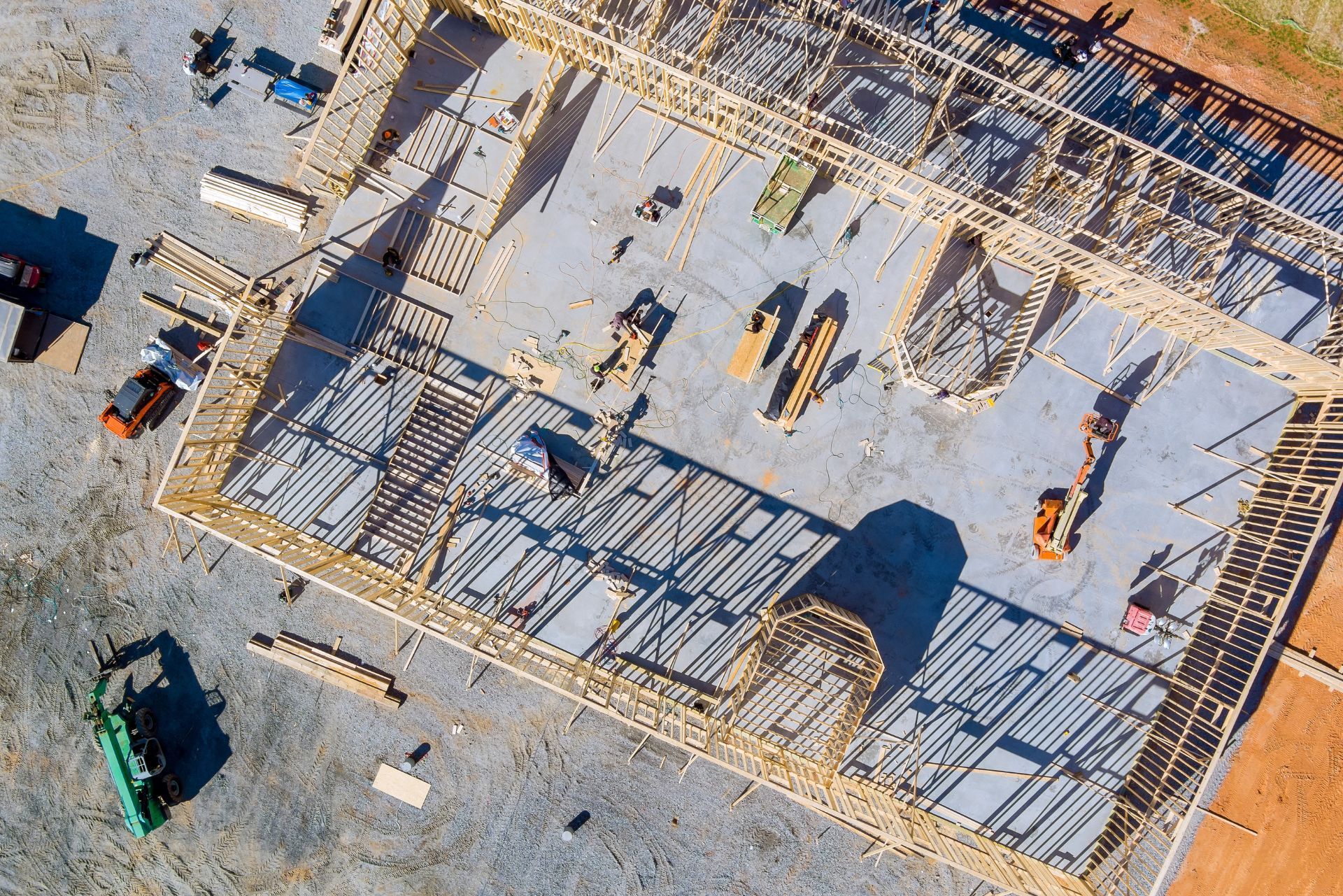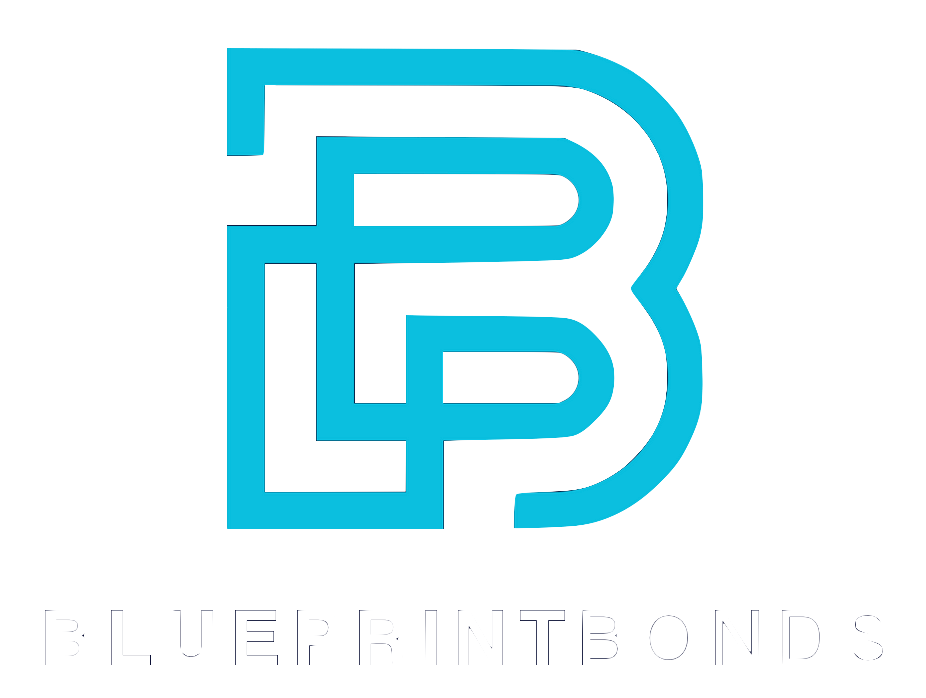The Arizona Site Improvement Bond is a crucial aspect of construction and development projects within the state. It serves as a financial guarantee that developers will complete site improvements in accordance with local regulations and standards. This article will delve into the various facets of the Arizona Site Improvement Bond, including its purpose, requirements, benefits, and the process for obtaining one.
Understanding the Arizona Site Improvement Bond
The Arizona Site Improvement Bond is designed to protect municipalities and the public by ensuring that developers adhere to their commitments regarding site improvements. These improvements can include infrastructure such as roads, sidewalks, drainage systems, and landscaping, all of which are essential for the development's functionality and aesthetic appeal. By mandating these bonds, local governments can maintain the integrity of their communities while promoting sustainable growth.
What is a Site Improvement Bond?
A Site Improvement Bond is a type of surety bond that acts as a financial assurance for local governments. When a developer applies for a permit to undertake a construction project, they may be required to post this bond. The bond guarantees that the developer will complete the specified improvements as outlined in their project plans. This bond not only protects the municipality but also instills confidence in the community that the development will be executed as promised.
If the developer fails to fulfill their obligations, the bond can be claimed by the municipality to cover the costs of completing the necessary improvements. This mechanism helps to ensure that projects are completed to the required standards and protects the interests of the community. Additionally, the bond process often involves a thorough review of the developer’s plans and financial stability, further ensuring that only qualified and reliable developers undertake projects that impact the community.
Why is a Site Improvement Bond Necessary?
The necessity of a Site Improvement Bond stems from the potential risks associated with construction projects. Without such a bond, municipalities could face significant financial burdens if developers abandon projects or fail to meet their commitments. The bond ensures that funds are available to complete the work, thereby safeguarding public resources and maintaining community standards. In many cases, these improvements are not just beneficial but essential for the safety and accessibility of the area, making the bond a crucial component of urban planning.
Moreover, the bond serves as an incentive for developers to adhere to their project timelines and quality standards. It fosters accountability and encourages responsible development practices, which ultimately benefit the community as a whole. By enforcing these bonds, municipalities can also promote a level playing field among developers, ensuring that all parties are held to the same standards of performance and quality. This not only enhances the overall aesthetic of the community but also contributes to long-term economic stability as well-planned developments attract more residents and businesses.

Requirements for Obtaining an Arizona Site Improvement Bond
Obtaining an Arizona Site Improvement Bond involves several key requirements that developers must meet. Understanding these requirements is essential for a smooth application process and successful project execution.
Application Process
The first step in obtaining a Site Improvement Bond is to complete an application with the relevant local government authority. This application typically requires detailed project information, including site plans, descriptions of the intended improvements, and estimated costs.
Once the application is submitted, the municipality will review the project to ensure it complies with zoning regulations and local ordinances. This review process may involve public hearings and consultations with various stakeholders. Developers should be prepared to address any concerns raised during these discussions, as community input can significantly influence the approval process. Engaging with local residents and businesses early on can foster goodwill and facilitate smoother interactions with the municipality.
Bond Amount and Terms
The bond amount is usually determined based on the estimated cost of the site improvements. Municipalities often have specific formulas or guidelines to calculate this amount, which ensures that it is adequate to cover the potential costs of completing the project.
Additionally, the terms of the bond, including its duration and conditions for release, will be specified. Typically, the bond remains in effect until the site improvements are completed and accepted by the municipality. It is crucial for developers to be aware of any potential penalties for non-compliance or delays, as these can impact both the project's timeline and overall budget. Understanding the specific requirements for bond release can help developers plan their projects more effectively and avoid unnecessary complications.
Financial Qualifications
Developers may also need to demonstrate financial stability to qualify for a Site Improvement Bond. This could involve providing financial statements, credit histories, or other documentation that proves their ability to complete the project and fulfill their obligations under the bond.
In some cases, developers may need to work with a surety company to obtain the bond. These companies assess the developer's qualifications and may require collateral or other forms of security to issue the bond. It's important for developers to choose a reputable surety provider, as their experience and reliability can significantly affect the bond process. Furthermore, maintaining a good relationship with the surety company can lead to more favorable terms in future projects, making it beneficial for developers to establish trust and open communication from the outset.
Benefits of the Arizona Site Improvement Bond
The Arizona Site Improvement Bond offers numerous benefits, not only for municipalities but also for developers. Understanding these advantages can help stakeholders appreciate the value of this bonding requirement.
Protection for Municipalities
One of the primary benefits of the Site Improvement Bond is the protection it provides to municipalities. By ensuring that developers complete their projects as promised, the bond helps local governments avoid financial losses associated with incomplete or substandard improvements.
This protection extends to the community as well, as it helps maintain public safety and infrastructure integrity. Residents can feel confident that developments in their area will meet the necessary standards and contribute positively to the community. Furthermore, the bond serves as a financial safety net, allowing municipalities to allocate resources more effectively, knowing that they have a mechanism in place to recover costs if a developer fails to meet their obligations. This assurance can lead to a more stable and predictable environment for urban planning and development.
Enhanced Developer Credibility
For developers, having a Site Improvement Bond can enhance their credibility in the eyes of local authorities and potential investors. It demonstrates a commitment to responsible development practices and adherence to local regulations.
Additionally, being bonded can open doors for developers to take on larger projects, as it shows that they are financially stable and capable of completing their obligations. This can lead to increased opportunities and growth within the industry. Developers with a solid track record of bonding can also foster stronger relationships with local governments, paving the way for future projects and collaborations. The bond acts as a testament to their reliability, which can be a significant differentiator in a competitive market.
Streamlined Project Approval
Having a Site Improvement Bond in place can also streamline the project approval process. Municipalities are often more willing to approve projects that have a bond, as it reduces their risk and ensures that the developer is serious about completing the work.
This can lead to faster project timelines and reduced delays, benefiting both developers and the communities they serve. A smoother approval process can ultimately result in quicker returns on investment for developers. Moreover, with the bond in place, municipalities can allocate their resources more efficiently, focusing on other critical areas of development and community enhancement. This efficiency not only accelerates the pace of construction but also fosters a collaborative atmosphere between developers and local governments, encouraging innovation and quality in new projects.
Common Challenges in the Bonding Process
While obtaining a Site Improvement Bond is beneficial, developers may encounter challenges during the process. Being aware of these potential hurdles can help in navigating the bonding landscape more effectively.
Complexity of Regulations
The regulations governing Site Improvement Bonds can vary significantly from one municipality to another. Developers may find themselves navigating a complex web of local laws, ordinances, and requirements that can be difficult to understand.
To mitigate this challenge, it is advisable for developers to engage with local authorities early in the process. Seeking guidance from municipal staff can provide clarity and help ensure compliance with all necessary regulations. Additionally, developers can benefit from attending workshops or seminars on bonding and local regulations, which often provide valuable insights and networking opportunities with industry professionals who have faced similar challenges.
Financial Constraints
Developers may also face financial constraints when attempting to secure a Site Improvement Bond. The costs associated with obtaining the bond, along with the need to demonstrate financial stability, can be a barrier for some.
To overcome this challenge, developers should explore various financing options and consider partnering with experienced surety companies. These companies can provide valuable insights and assistance in navigating the financial aspects of the bonding process. Furthermore, developers might look into alternative funding sources such as grants or low-interest loans specifically designed for infrastructure projects, which can alleviate some of the financial burdens associated with bonding.
Time Constraints
Time is often of the essence in construction projects, and delays in obtaining a Site Improvement Bond can hinder progress. Developers may find themselves under pressure to secure the bond quickly to meet project deadlines.
To address this issue, it is crucial to start the bonding process as early as possible. By proactively engaging with local authorities and surety companies, developers can minimize delays and keep their projects on track. Additionally, maintaining open lines of communication with all stakeholders involved in the project can help identify potential bottlenecks early on, allowing for timely adjustments to the schedule and ensuring that the bonding process aligns with overall project timelines.

Steps to Obtain an Arizona Site Improvement Bond
Obtaining an Arizona Site Improvement Bond involves a series of steps that developers must follow. Understanding this process can help ensure a successful outcome and facilitate project progression.
Step 1: Prepare Project Documentation
The first step in the bonding process is to prepare all necessary documentation related to the project. This includes site plans, improvement specifications, cost estimates, and any other relevant information that may be required by the municipality.
Having comprehensive and accurate documentation is essential, as it will be reviewed by local authorities during the application process. This step lays the groundwork for a successful bond application. Additionally, developers should consider including environmental impact assessments and any required permits, as these documents can further demonstrate compliance with local regulations and enhance the credibility of the project.
Step 2: Submit Application to Local Authorities
Once the project documentation is ready, the next step is to submit the bond application to the appropriate local government authority. This application should include all required information and documentation, as well as any applicable fees.
After submission, the municipality will review the application, which may involve consultations with various departments. Developers should be prepared for potential follow-up questions or requests for additional information during this review process. It is also advisable to maintain open lines of communication with local officials, as this can help clarify any uncertainties and expedite the review process. Engaging with community stakeholders can also be beneficial, as it may foster goodwill and support for the project.
Step 3: Work with a Surety Company
If required, developers will need to engage with a surety company to obtain the bond. This company will assess the developer's financial qualifications and may require additional documentation, such as financial statements or credit histories.
Once the surety company is satisfied with the developer's qualifications, they will issue the bond, which can then be submitted to the municipality as part of the project approval process. It's important for developers to shop around and compare different surety companies, as terms and rates can vary significantly. Establishing a good relationship with a surety provider can also lead to more favorable terms in future projects, as a history of successful bonding can enhance a developer's reputation in the industry.
Conclusion
The Arizona Site Improvement Bond is a vital component of the construction and development landscape in the state. It serves to protect municipalities and the public by ensuring that developers fulfill their commitments regarding site improvements. By understanding the requirements, benefits, and processes associated with obtaining a Site Improvement Bond, developers can navigate this essential aspect of their projects more effectively.
As the construction industry continues to evolve, the importance of responsible development practices and adherence to local regulations cannot be overstated. The Site Improvement Bond plays a key role in fostering accountability and ensuring that developments contribute positively to the communities they serve.
For developers looking to embark on new projects in Arizona, being well-informed about the Site Improvement Bond process is crucial. By preparing adequately and engaging with local authorities and surety companies, developers can facilitate a smoother bonding experience and ultimately achieve their project goals.
Article By: Ryan Spalding
Licensed Insurance Agent & Bond Specialist
Contact Us

